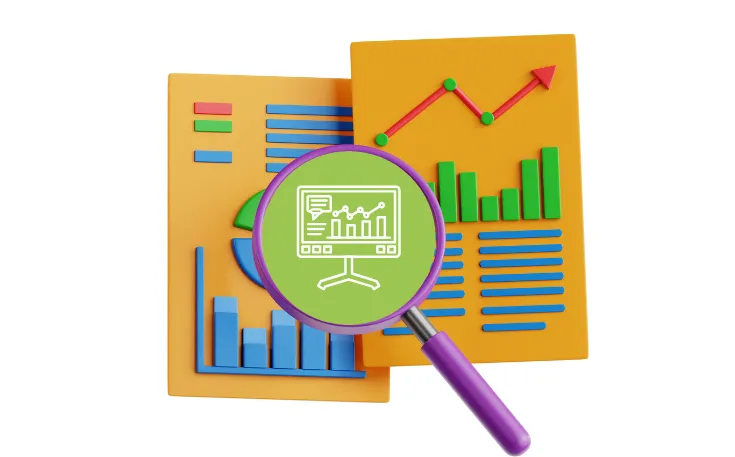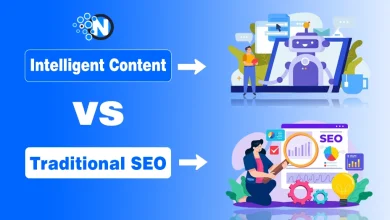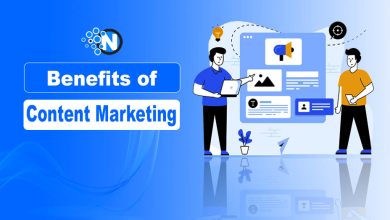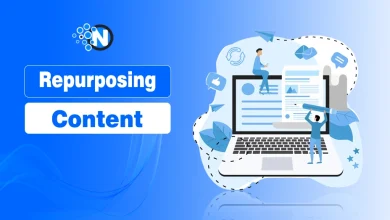How to Use Data-Driven Insights to Optimize Your Content Strategy

How to optimize content strategy? Create more content? Publish content daily? These are all questions that arise for those who are trying to get their content off the ground. However, there is bad news. In this highly competitive digital world, just writing and publishing content daily does not always bring the desired results.
The key to success is understanding what works in today’s environment. Don’t just rely on guesses and develop a clear plan of action that will drive results. This is possible with data-driven insights, which you will find out next.
In this blog post, I will explain how to use data-driven insights to optimize your content strategy to achieve better results.
Let’s start!
Why Guessing Doesn’t Work Anymore?
Algorithms change daily, and it’s become much harder to predict user behavior. Yesterday’s best practices may be useless today. Content creators who work without feedback often waste time on resources and formats that don’t actually produce results.
What is the secret of success?
When a content creator is guided by real data, they can promote their content effectively. Whereas intuition used to be the norm, today it’s time to make informed decisions.
Key Metrics That Directly Shape Your Content Strategy
In order to learn how to make informed decisions, you need to understand what data can help you do this. Here are the key metrics that will help you get the results you want and avoid wasting your time:

Content-Specific Metrics
- PPV Open Rates (for gated content): This metric shows how often subscribers are willing to pay or subscribe to access your content. This indicator helps you determine the quality of your content, as well as the interest of your audience.
- Revenue per Post: When monetizing content, this metric measures how much each post contributes to your revenue. This indicator can give you a clear picture of your ROI.
Engagement Patterns
- Audience Retention Rate: This metric shows how long viewers stay engaged with your content/ video. It can help you identify exit points to optimize future content.
- Clicks vs. Impressions: This metric shows how compelling your content is. For example, high impressions but low clicks may indicate a need to improve your headlines, visuals, or hooks.
Timing Insights
- Best Times to Post by Day/Week: This metric helps you identify when your audience is most active. Publishing content based on time can significantly increase visibility and engagement.
- Seasonal Engagement Trends: This metric helps you understand how holidays, events, and seasons affect audience behavior and content performance.
Pro Tip: For content-driven businesses, platforms like OnlyMonster.ai provide media performance tracking, fan engagement metrics, and revenue insights, helping teams quickly see what content drives the most value and optimize future campaigns. You will be able to get all the necessary tools to obtain important analytics, as well as additional features that will allow you to quickly reboot your content strategy.
How to Apply Insights to Optimize Your Content Strategy
Think that it is enough? To succeed, you can’t just collect data. You also need to take action to optimize your content strategy. Check out the following tips that you can use right now:
Adjust Content Formats Based on Engagement Patterns
If you start to notice that videos are showing higher retention rates than image posts, you need to adapt. For example, you can start experimenting with formats depending on what resonates with your audience.
You can try out carousel posts, reels, or longer formats depending on what retains attention best. And keep an eye on how your metrics are changing so you don’t miss out on something that could revolutionize your content strategy.
Optimize Posting Times and Frequencies
Use analytics to identify trends. For example, you can track which days of the week and times of day bring the most engagement. However, relying on analytics alone is not enough. You need to run A/B tests at different time intervals to evaluate effectiveness.
You also need to work on the frequency of content publication. Many people mistakenly believe that publishing content every day will bring positive results. Hence, this is not suitable for all niches. For some niches, publishing content three times a week will be enough. So, it is also important to determine the optimal number of publications per week to get the maximum effect with minimal time investment.
Refine Audience Targeting with Behavioral Data
Understanding your audience opens up opportunities to provide them with the best experience. To do this, you will need demographic data (age, location, interests) and behavioral data (previous interactions, content preferences) to segment your audience.
Then, you will need to work to satisfy the needs of the audience from the key segment. Just focus on the most engaged users and offer them personalized content. Since this type of audience is already warmed up and ready to interact.
Improve Monetization Based on Revenue Data
If you are using a PPV (Pay-Per-View) model or offering access to content, it is crucial to pay attention to how different types of content perform at different price ranges. This will help you identify how your audience changes behavior when you change prices.
For example, a small price reduction can lead to increased demand and therefore increased overall revenue. Test different variations to find the one that will provide the highest return. Such experiments can lead to doubling conversions.
Don’t Miss Out on SEO
Search Engine Optimization (SEO) is critical for increasing visibility and still matters in the content world. So, pay attention to search query data to understand what keywords are bringing people to your site.
Use these keywords when writing content, and remember to keep it natural. When you optimize your content for both humans and search engines, you’ll attract more traffic and expand your reach.
Conclusion: Let Data Drive, Let Creativity Flow
So, data doesn’t take away creativity. It empowers it. With the help of data analytics, you’ll be able to get a clear picture to direct your creativity for creating content that will definitely work and bring the desired conversion.
Today, it’s not enough to pick one strategy and stick to it. Now it’s important to constantly experiment to be one of the first to identify trends. Measure → Adjust → Grow. Use this formula to move forward in the world of digital content.




